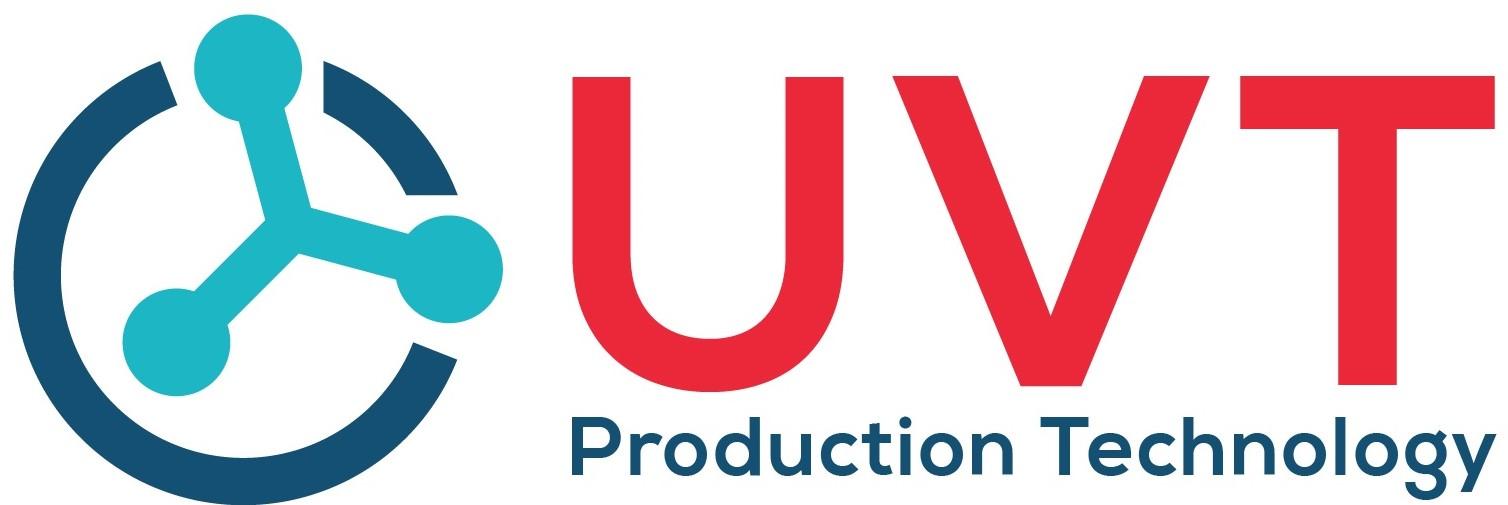SOLUTION VIDEO CONFERENCE
08:53 - 11/11/2014
Security solution
Storage and server technology
Safety system - Lightning protection
ANALOG CAMERA SOLUTIONS
1. Overview of Video Conference System
Videoconferencing system is an information system consisting of hardware equipment or software to support remote meeting with sound and video in real time based on IP network platform.
Typically, the components in the video conferencing system include:
- Videoconferencing main control system.
- Imaging system (picture recording and display).
- Sound system (receive and transmit).
- Network and transmission components.
- Other auxiliary equipment for additional use (such as Databox: for data transmission by two parties, whiteboard: image display board ...).
2. Basic Components of Video Conference System
2.1 Videoconferencing main control system (required)
The main component of a Videoconferencing system is the control system. It performs encoding / decoding audio, video and data signals…; Connecting to other conference control systems.
2.2 Image System (required)
The function of this system is to record and display the images of the participants in a conference.
2.3 Sound system (required)
This system has the function of receiving and broadcasting the audio of the participants of a conference.
2.4 Network and transmission line system (required)
A very important component in the video conferencing solution is the network connection line for the video conferencing system. Between sites, there must be a certain communication method such as ISDN or over an IP network using technologies: Leased line, xDSL, FTTx, ...
Speed to conduct a standard conference must be at least 128 Kbps, but to achieve better audio quality, the speed must be much higher.
2.5 Ancillary equipment (Optional upon request)
In addition to the above main components, there may also be additional components for video conferencing to enhance the convenience of conferences such as data conferences, electronic boards, other components such as recording. conference, photo storage, installation accessories, ... also help enhance other corresponding utilities for video conferencing solutions.
3. Connection model
Depending on the organization and the requirements of the business, we will build a suitable model, there are two main models: site to site (model connecting only two-point seminars) and Multisite (model connecting seminar. from 3 points or more).
3.1 Site to site
To discuss the two points together, we only need the basic components as explained above.
3.2 Multisite
To the multi point to edit to must have a server device for the connection multi point được gọi là MCU (Multi Control Unit). Có 2 MCU thiết bị lựa chọn theo số điểm cần kết nối.
3.2.1 Integrate the MCU in the endpoints
Video Conference control device normally only acts as the end connection point. When using the software to upgrade, this device is both an endpoint and capable of performing the functions of the MCU. When it becomes an MCU, it has the ability to connect to 5 other points to carry out a 6-point broadcast and has the ability to pair with another device (also with MCU function) to conduct a video conference. 10 points.
For example, with the requirement to make a 7-point connection, using an integrated MCU, 2 devices are required to be upgraded to the MCU, and connected according to the following logic model:
Advantages of using the integrated MCU:
- The cost will be much lower than when using a separate MCU.
- Since using 2 MCU, it is possible to divide the load (bandwidth), the bandwidth needed at one MCU point will be reduced.
- Very suitable for multi-point meetings under 7 points.
However, the use of integrated MCU has the limitation that it is impossible to expand the conversation system by more than 10 points, and it is difficult to centrally manage the system (configuration, scheduling, resource management, ...) . Therefore, if demand is higher, it is necessary to use a separate MCU model.
3.2.2 Separate MCU
This MCU does not act as an endpoint, only as a multipoint connection point. Customers can choose the MCU of different brands such as Polycom, Cisco, Ravision, Codian, .. Depending on the requirements, customers can choose the MCU based on parameters of ports, bandwidth, number of concurrent conferences, …. The logic connection model is as follows:
4. Bandwidth required for the system
With TV resolution (4CIF), a frame rate of 25fps, you need to use call recording with a bandwidth of 384 Kbps. Thus, at each endpoint, the required bandwidth is 384 Kbps, while the points playing the role of MCU, the bandwidth depends on the use of the integrated MCU or separate MCU.
4.1 Bandwidth for connection model via integrated MCU.
With the above connection model, the bandwidth at each MCU point will be equal to the total bandwidth of the terminals connected to it, plus its bandwidth connected to other MCU (cascading connection). At Site 1, the MCU will connect to points 2, 3, 4. At point 5, the MCU will connect to points 6, 7, and the MCU at points 1 and 5 will connect cascading with each other. Thus, the necessary bandwidth at point 1 is 1536 Kbps (384 * 3 + 384 Kbps), and at point 5 it is 1152 Kbps (384 * 2 + 384Kbps).
4.2 Bandwidth for the connection model via separate MCU.
With the above connection model, the bandwidth at the MCU point will be equal to the total bandwidth of all the input terminals. Thus, the required bandwidth at the MCU point is 2688 (384 Kbps * 7).
Customers who are or are planning to set up a Video Conference system for their organization, please contact our company UVT for a free consultation, selection of equipment and installation at a cost and the most optimal price. We are a partner of Polycom, Sony, Cisco, Tanberg, our company is committed to providing customers with quality products at the most reasonable cost.


